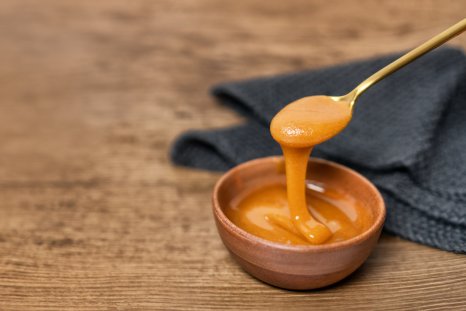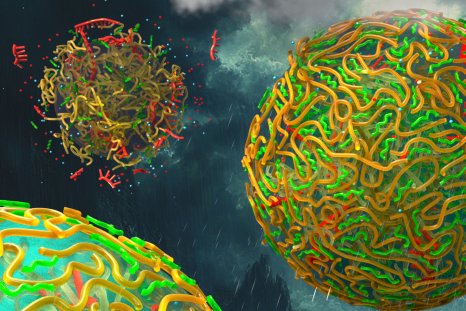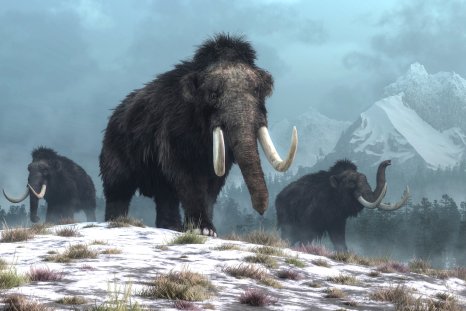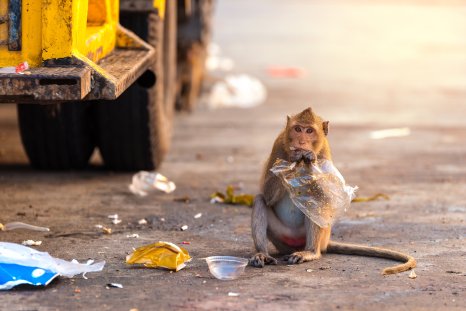Scientists have set the record straight on the scientific history of the dodo more than 300 years after the bird is thought to have gone extinct.
As detailed in a paper published in the Zoological Journal of the Linnean Society, a team of researchers undertook the most comprehensive review yet of the dodo's taxonomy and that of its closest relative, the Rodrigues Island solitaire, which is also extinct.
"The dodo is an icon, if not the icon, of conservation biology. It is the first animal recorded as having disappeared," the study's supervising author, Neil Gostling, with the University of Southampton in the United Kingdom, told Newsweek.
"Before this, it hadn't been thought possible for human beings to influence God's creation in such a way," Gostling said in a press release. "This was a time before the scientific principles and systems we rely on to label and classify a species were in place. Both the dodo and the solitaire were gone before we had a chance to understand what we were looking at."
Gostling and colleagues are about to start a major project looking at the biology and behavior of extinct birds.
"The dodo will be central to this because, despite being one of the most widely written about birds, there is remarkably little known about [its] life and behaviors. In order to discuss the dodo in the context of its relatives, we need to ensure that the framework of relationships and its taxonomy is sound. This includes the most closely related bird, the solitaire, from Rodrigues," Gostling told Newsweek.
The researchers' challenge, however, is that both the dodo and solitaire went extinct before the scientific rules of taxonomy and nomenclature in biology were formalized.
"Indeed, by the middle of the 19th century, there were those who thought that the dodo itself was mythical," Gostling said.
Much of what was written about the flightless dodo and solitaire, which lived on Mauritius and Rodrigues, respectively, both islands in the Indian Ocean, was based on (at times unreliable) accounts from Dutch sailors, representations by artists and incomplete remains.
The latest study aimed to "tidy up" 400 years of scientific literature on the dodo and solitaire to lay the groundwork for the next part of the team's project, which they hope will shed light on the dodo's role in the ecosystem of Mauritius where it once lived.
"We went through the literature and looked for all the mentions of the [animals] and how they were grouped together. Some of this was obvious, and what we knew, but because the species were named before the rules of nomenclature were formalized, we don't have the specimens in museums to which names are tied," Gostling said.
"As such, we have tidied up the last 400 years of their taxonomy, clarifying those taxa that existed and those that did not."
The research confirmed that other species named previously never existed. These misidentifications include the Nazarene dodo, white dodo and white solitaire. The work also confirmed that the dodo and solitaire were the columbid (pigeon and dove) family members.
In addition to the literature review, study lead author Mark Young with the University of Southampton visited collections around the U.K. and contacted others to find out about and track down specimens, many of which are now lost to time.
The team has created a new family group name, †Raphina subtribus nova, to unite the dodo and solitaire.
While the team's upcoming research project will uncover more data about the dodo's life and behavior, Gostling said they want to share an "important message"—that the traditional image of the dodo as a fat and slow-moving bird is a misconception.
"It was not fat and stupid, predestined for extinction. Sailors' journal entries describe it as fast, agile and able to move quite 'athletically' through the forest and between rocks," Gostling said.
"Animals don't 'deserve to go extinct.' [The dodo and solitaire] were not adapted to rats, pigs, cats and goats, which ate their eggs and chicks or trampled their nests. The lesson from the first animal we recorded as 'disappearing'—going extinct—is that we humans still need to tread carefully where we go.
"Our actions can undermine an ecosystem in no time at all. The dodo lived in Mauritius for 25 million years but, along with the solitaire on Rodrigues, was gone in less than 100 years of meeting humans," he said.
Do you have an animal or nature story to share with Newsweek? Do you have a question about extinct species? Let us know via science@newsweek.com.
References
Young, M. T., Hume, J. P., Day, M. O., Douglas, R. P., Simmons, Z. M., White, J., Heller, M. O., & Gostling, N. J. (2024). The systematics and nomenclature of the Dodo and the Solitaire (Aves: Columbidae), and an overview of columbid family-group nomina. Zoological Journal of the Linnean Society, 201(4), zlae086. https://doi.org/10.1093/zoolinnean/zlae086
Disclaimer: The copyright of this article belongs to the original author. Reposting this article is solely for the purpose of information dissemination and does not constitute any investment advice. If there is any infringement, please contact us immediately. We will make corrections or deletions as necessary. Thank you.



